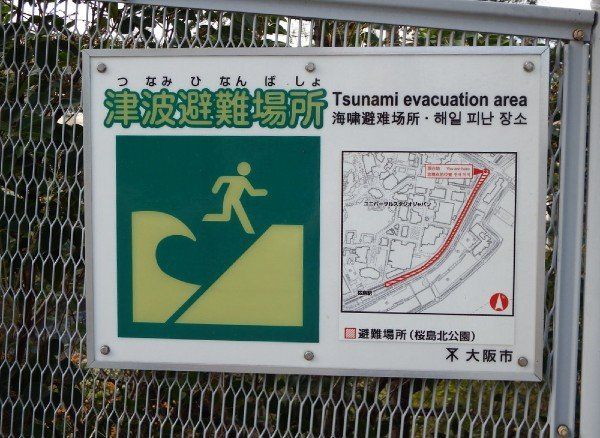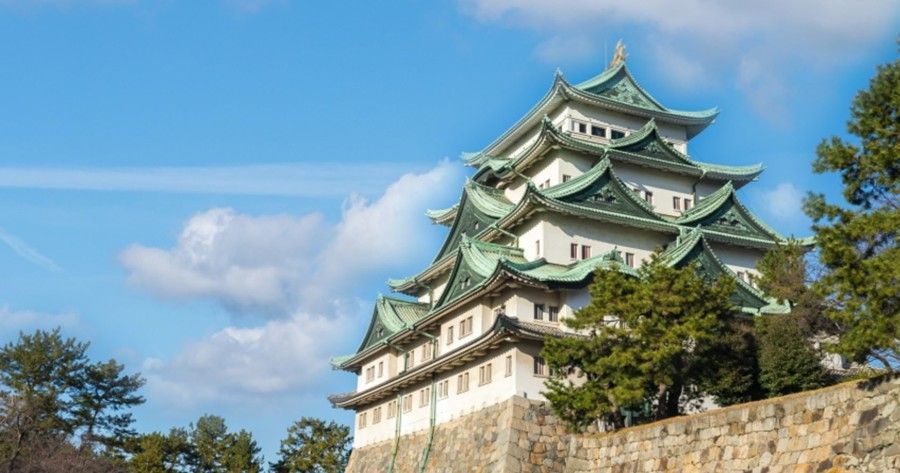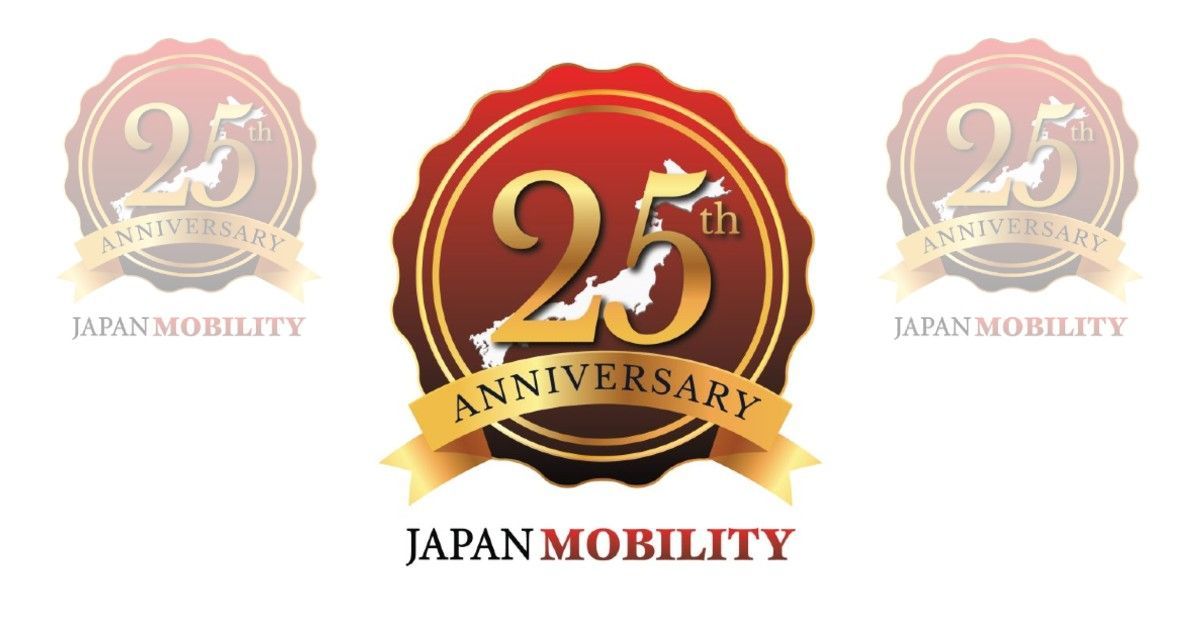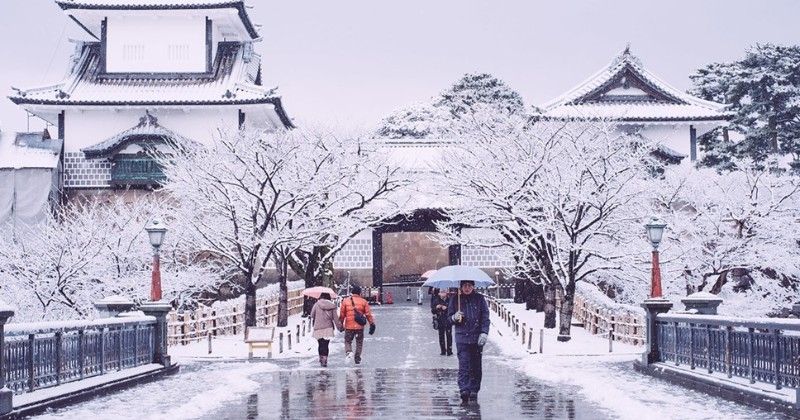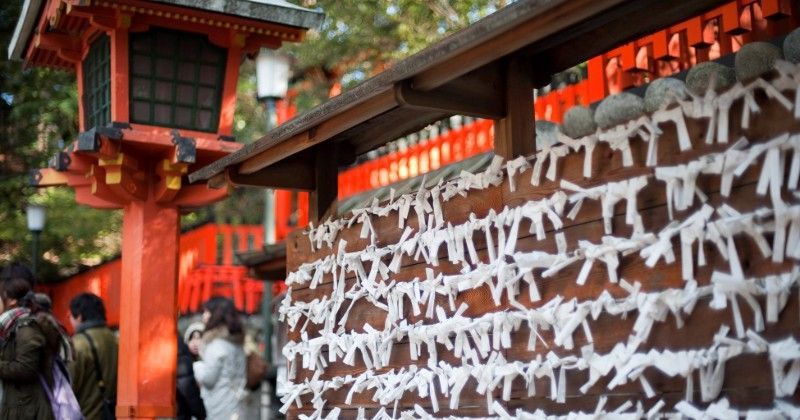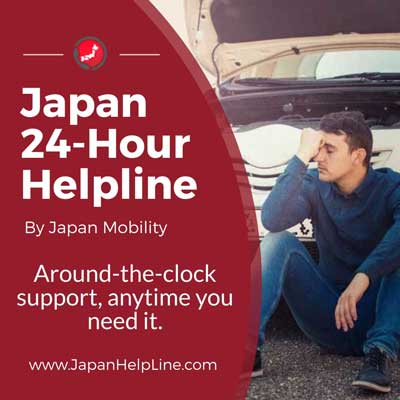Staying Safe in Severe Weather
In recent years, Japan has experienced an increasing number of severe weather events throughout the country. In the case a need for evacuation arises, it is important to be prepared and stay well informed of the situation. In this article, we want to give you some basic information about how to stay informed and be prepared in case of an emergency.
Know your potential risks
When moving to a new area, it is important to learn as much as you can about your community. This includes identifying if your area is prone to certain weather patterns, and if there are any areas in your neighborhood that have a higher potential for needing evacuation during severe weather. Your local Ward Office or Town Hall can be a great place to find resources for emergency information, such as:
- Flood risk areas
- Tsunami risk areas
- Landslide risk areas
- Evacuation shelter locations
- Etc.
Potential risks should be highly considered when creating your evacuation plan. Please keep these in mind when confirming your safe routes, and determining the evacuation timing that will work best for your situation.
About the weather advisory system
The Fire and Disaster Management Agency currently uses a 5-level alert system to guide residents about what to do in case of emergency. These are classified as:
| Level 1 (White): | Possibility of upcoming weather warnings. |
| Level 2 (Yellow): | Heavy rain, flood, or storm surge advisories. |
| Level 3 (Red): | Advisory to prepare for evacuation (General Public) / Evacuation Order for elderly and those requiring additional time or assistance. |
| Level 4 (Purple): | Evacuation Order for all residents. |
| Level 5 (Black): | Disaster in progress (take immediate action to ensure your safety). |
The designated colors will often be depicted over a map of Japan on local news channels and weather sites to indicate the warning levels for different areas of Japan when severe weather is predicted.
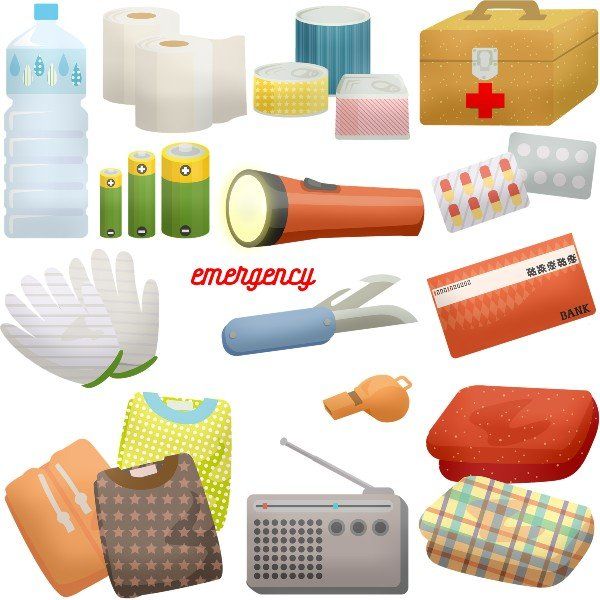
When to prepare for evacuation
It is highly recommended for all households to always have an emergency kit prepared with at least 3 days’ worth of food and water per household member, along with a general stock of daily goods for about 1 – 2 weeks. If you are aware of the potential of severe incoming weather, it would be a good idea to double check your items a few days in advance, and make sure you have everything you may need before the storm hits.
When to evacuate
For the elderly, young children, or other residents who may need additional time or assistance for evacuation, it is recommended to begin evacuating once a level 3 advisory is announced.
For the general public, all residents should be in the process of evacuating as soon as possible once a level 4 advisory is reached.
Level 5 is generally only used when immediate action is needed to ensure safety, such as sheltering at home or in the nearest safe structure. At this stage, it is often considered unsafe to travel to a designated shelter. Additionally, as it may not be possible for the full scope of a disaster to be known in real-time, please be aware that level 5 may not always be announced in the case of a sudden change in situation.

Where to evacuate
Please check with your local Ward/City office or your city homepage for information about evacuation options. Evacuation locations are often set up in locations generally intended for public use, such as local schools, public halls/community centers, public parks, etc. Accessible locations may differ depending on the type of disaster or your individual needs. Residents are generally requested to follow the instructions from their local authorities when making arrangements for evacuations.
Actual English phrasing may differ between cities, but some common terms to look out for are:
- 指定緊急避難場所:
(Shitei Kinkyuu Hinan Basho)
Designated Emergency Evacuation Shelter (Used for short-term evacuation) - 指定避難所:
(Shitei Hinan-jo)
Designated Evacuation Shelter (Used for long-term/overnight evacuation) - 臨時避難所:
(Rinji Hinan-jo)
Provisional Evacuation Shelters (Opened as needed for long-term/overnight evacuation) - 一時避難場所/施設
(Ichiji Hinan Basho/Shisetsu)
Temporary Evacuation Site (Used for short-term evacuation; often outdoors) - 広域避難場所:
(Kouiki Hinan Basho)
Open Area Evacuation Sites (Outdoors; Used for short-term evacuation)
- 収容避難場所:
(Shuu-you Hinan Basho)
Refugee Shelter (Used for long-term/overnight evacuation) - 福祉避難所:
(Fukushi Hinan-jo)
Social Welfare Institution Evacuation Shelter (Used for long-term/overnight evacuation; Open for those with special needs or who require living support) - 避難指示:
(Hinan Shiji)
Evacuation Order - 緊急安全確保:
(Kinkyuu Anzen Kakuho)
Emergency Safety Measures (Equal to warning Level 5)
Additional Resources
To help stay informed, please feel free to visit the Fire and Disaster Management Agency and Japan Meteorological Agency sites listed below:
- Fire and Disaster Management Agency:
Information about the emergency level system (Japanese)
**Scan QR code to access a variety of foreign language options. - Fire and Disaster Management Agency: Important points about evacuation (Multi-lingual)
- Japan Meteorological Agency: Weather and disaster information maps (English)
- Japan Meteorological Agency: Multilingual information on disaster mitigation
- General Emergency Numbers for Japan
Always remember, the best way to handle any kind of natural disaster is to be prepared!





